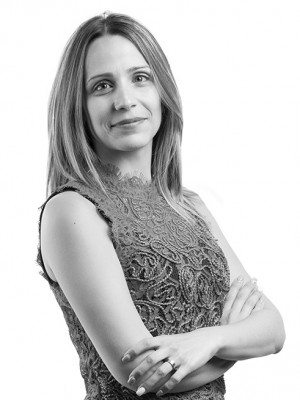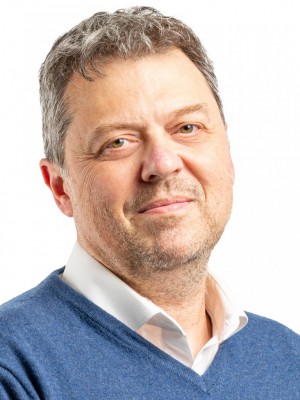abstract
The use of cells as building blocks for tissue engineering purposes has been a matter of research in the recent years. Still, the fabrication of complex-shaped 3D-like constructs using living-based materials is hampered through the difficulty in recapitulating the mechanical properties of the native tissues. In an attempt to develop robust tissue-like constructs, it is herein proposed the fabrication of complex-shaped magnetic cell sheets (CSs) with improved mechanical properties for bone TE. Hence, magnetic CSs with versatile shapes and enhanced mechanical performance are fabricated using a pre-osteoblast cell line (MC3T3-E1) through an universal approach that relies on the design of the substrate, cell density and magnetic force. Results show that such magnetic CSs exhibit a Young's modulus similar to those encountered in the soft tissues. The construction of stratified CSs is also explored using MC3T3-E1 and adipose derived stromal cells (ASCs). The role of the pre-osteoblast cell line on ASCs osteogenesis is herein investigated for the first time in layered scaffold-free structures. After 21 days, the level of osteogenic markers in the heterotypic CS (MC3T3-E1:ASCs) is significantly higher than in the homotypic one (ASCs:ASCs), even in the absence of osteogenic differentiation factors. These evidences open new prospects for the creation of mechanically robust, complex, higher-ordered and completely functional 3D cell-based materials that better resemble the native environment of in vivo tissues. (c) 2020 Acta Materialia Inc. Published by Elsevier Ltd. All rights reserved.
keywords
IN-VITRO; STEM-CELLS; SCAFFOLD; DIFFERENTIATION; NANOPARTICLES; BIOMATERIALS; FORCE; CONSTRUCTION; REGENERATION; CARTILAGE
subject category
Engineering; Materials Science
authors
Santos, LF; Silva, AS; Mano, JF
our authors
Projects
Colonizacao 3D de celulas em hidrogeis de origem marinha atraves de padronizacao por microcanais para regeneracao ossea (PROMENADE)
Bioengineered autonomous cell-biomaterials devices for generating humanised micro- tissues for regenerative medicine (ATLAS)
acknowledgements
This work was developed within the scope of the project CICECO-Aveiro Institute of Materials, UIDB/50011/2020 & UIDP/50011/2020, financed by national funds through the FCT/MEC and when appropriate co-financed by FEDER under the PT2020 Partnership Agreement and PROMENADE (Ref. PTDC/BTM-MAT/29830/2017). This work was also sponsored by the project ATLAS (ref.ERC-2014-ADG-669858) and through the doctoral grant SFRH/BD/141523/2018 (Lucia F. Santos).



